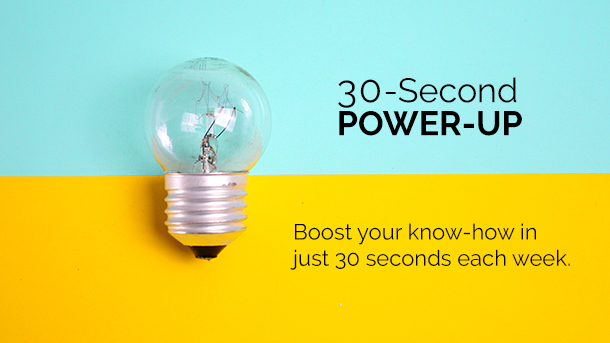Chances are you’ve started reading an article, book, brochure or website more times than you’ve actually finished it.
It’s natural to bail when a piece of content fails to compel, convince or satisfy. Your reader experiences that when reading your content too.
The other day I pulled a couple of books off my shelf to re-read passages I’d highlighted in the past. Among them was The Art and Craft of Feature Writing by William Blundell — mandatory reading for journalism students at Harvard.
In the following passage, Blundell discusses content organization by outlining the “Laws of Progressive Reader Involvement,” which he mapped out from his own experience as an editor for The Wall Street Journal.
Whether reading fiction, a news story, or sales letter, your reader’s thought process goes something like this:
Stage One:
Tease me, you devil. Intrigue me a little. Give me a reason for going on with your story instead of doing something else. Remember, I have no investment in you at all.
Stage Two:
Tell me what you’re up to. Enough teasing. What is your story really about? Please, no windy explanations, no details — just what’s going on here.
Stage Three:
Oh, yeah? I’m from Missouri. You’ll have to prove what you just said. Let’s see your logic. Let’s see your evidence. I’ve invested time in you by now, so I’ll be patient — but you better be convincing.
Stage Four:
I’ll buy it. Help me remember it. Make it clear. Make it forceful. And put an ending on it that will nail it into my memory.
Although Blundell comes from the journalism side, I’d argue the same reader dynamics mirror what customers experience reading branded content, sales pitches, or proposals.
Whether buying an experience, service or widget, readers want content that’s not only helpful and relatable, but that’s also easy to consume, trust and remember.
Fail to woo them with a compelling opening, and they bail.
Fail to be clear, and they bail.
Fail to build trust, and they bail.
No wonder Seth Godin, the godfather of modern marketing, urges brands to get an editor — stat.
In a time when customers are more skeptical and distracted than they’ve ever been, the best new sales tactics are also the oldest:
Storytelling. Painting clear before-and-after pictures. Blending logic with emotion, and learning how to make a brand human through a winsome voice and message.
It’s how you move your content from wasteful time-suck to “something-that-brings-me-value-and-I-want-to-pay-for” in your prospect’s mind.
You’ve already spent a boatload of cash on your marketing efforts. Don’t waste that investment and risk being ghosted by another prospect by skimping on content.
Next time, make your reader’s journey one they’ll actually finish and come back for more.


